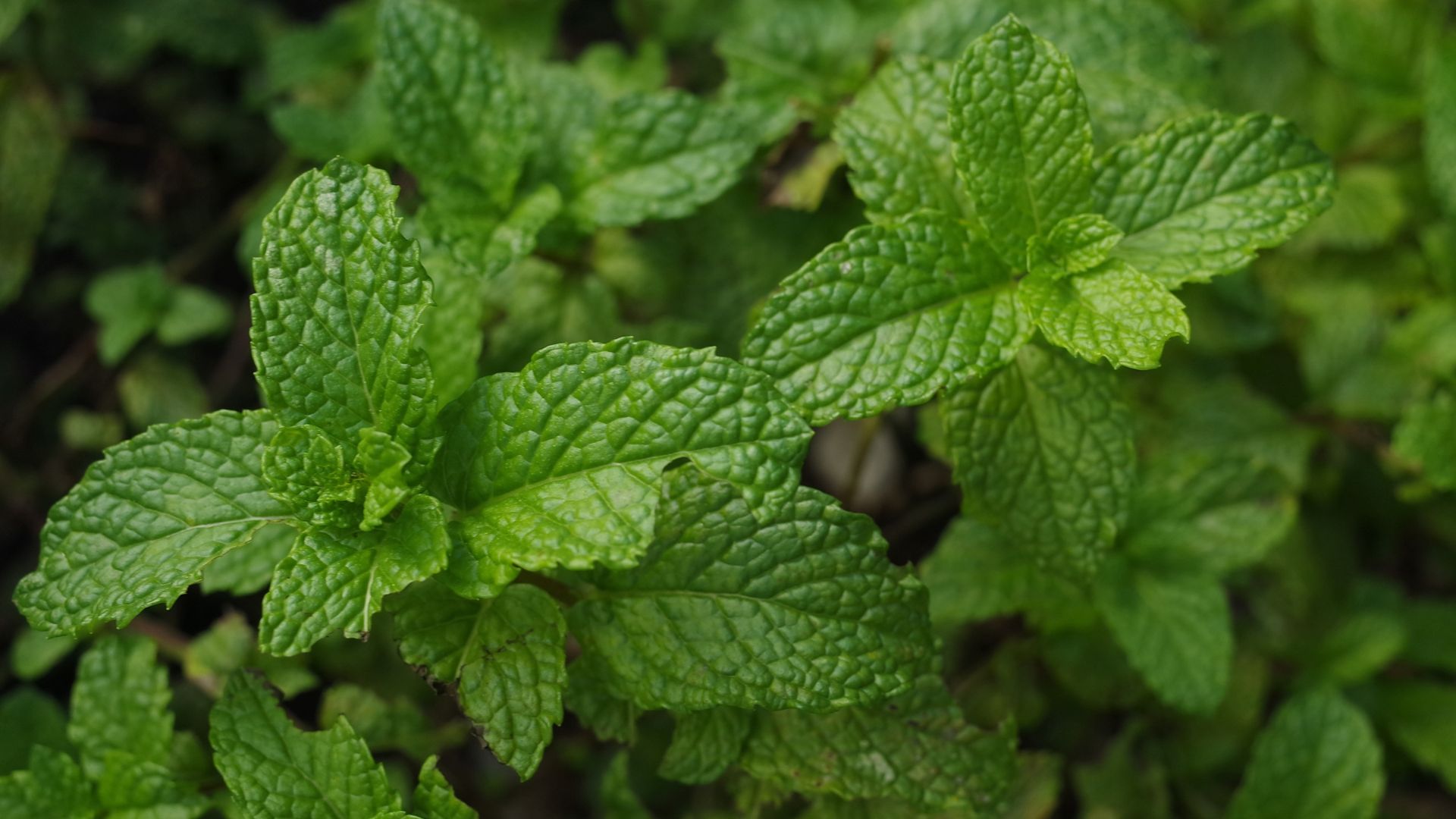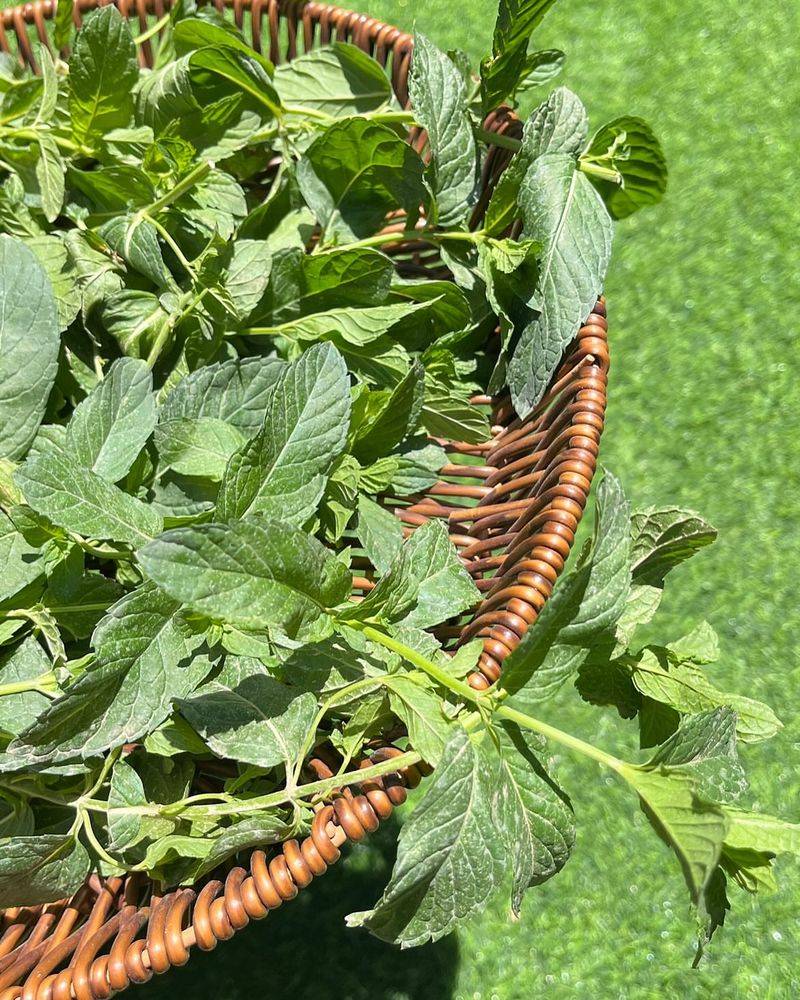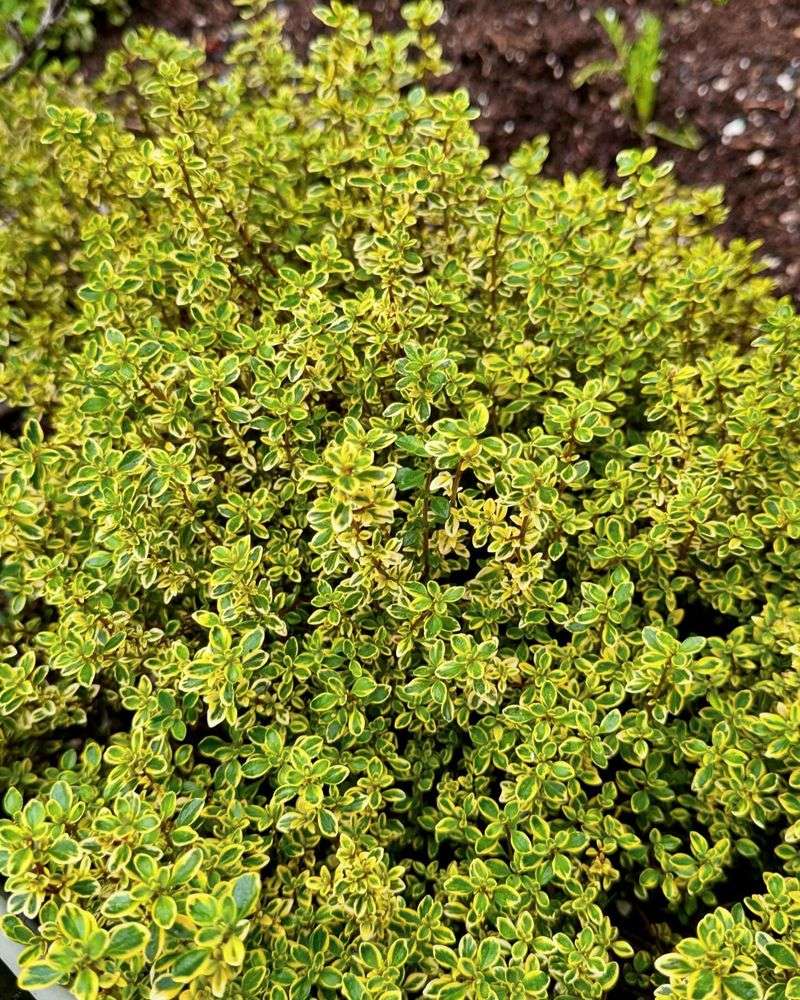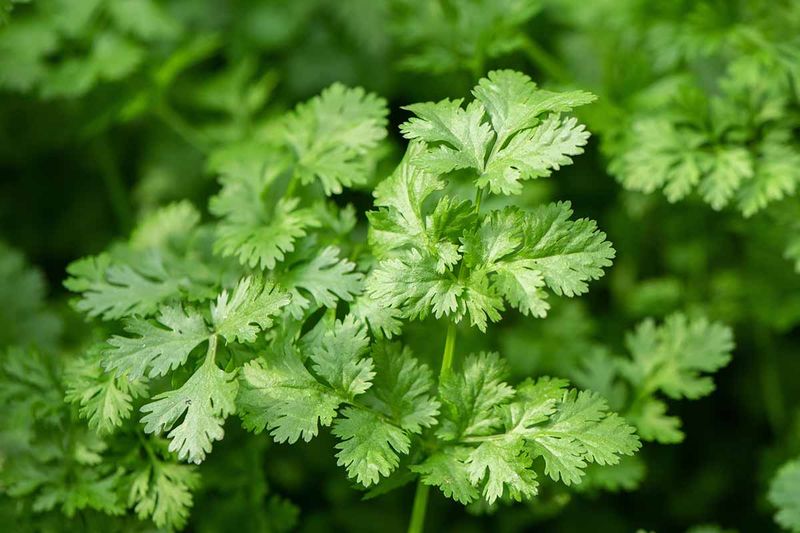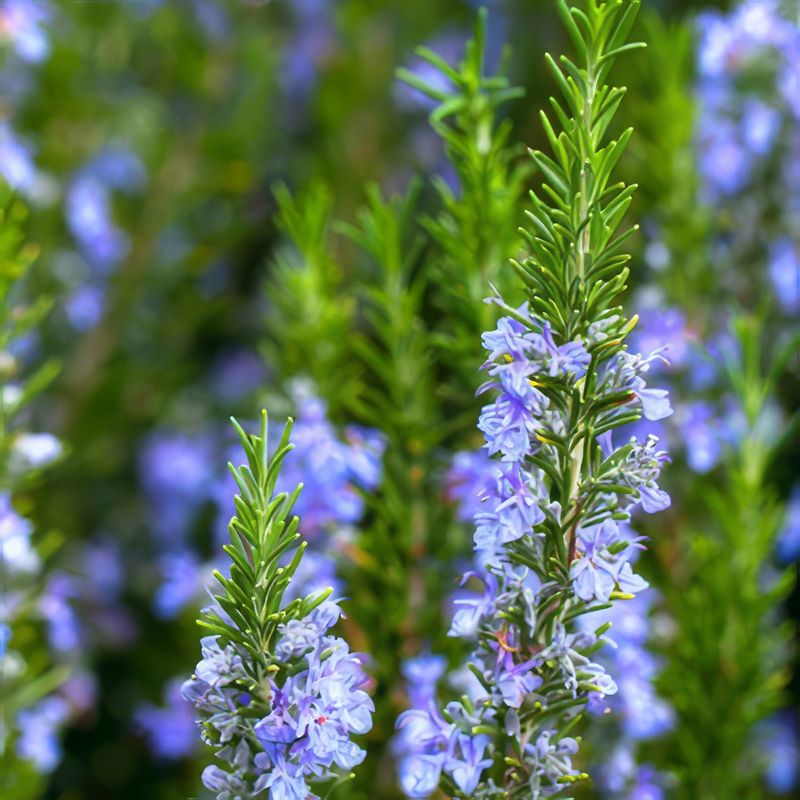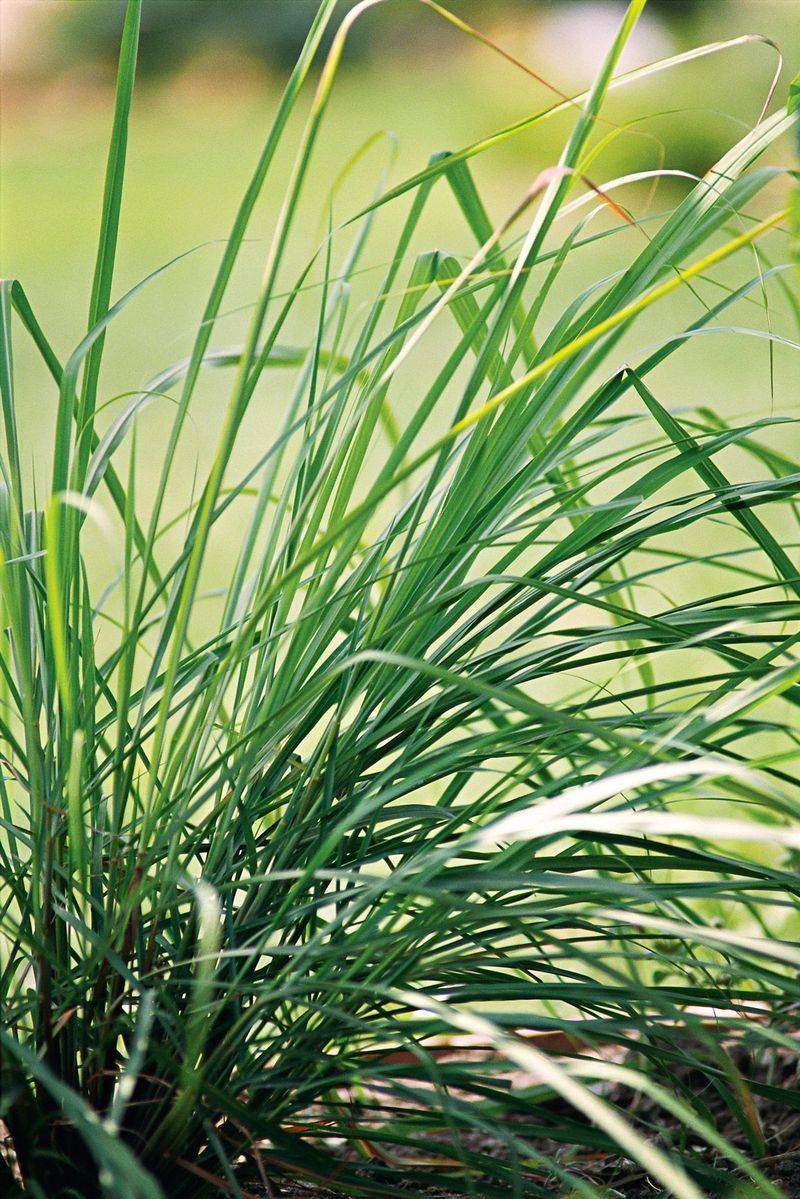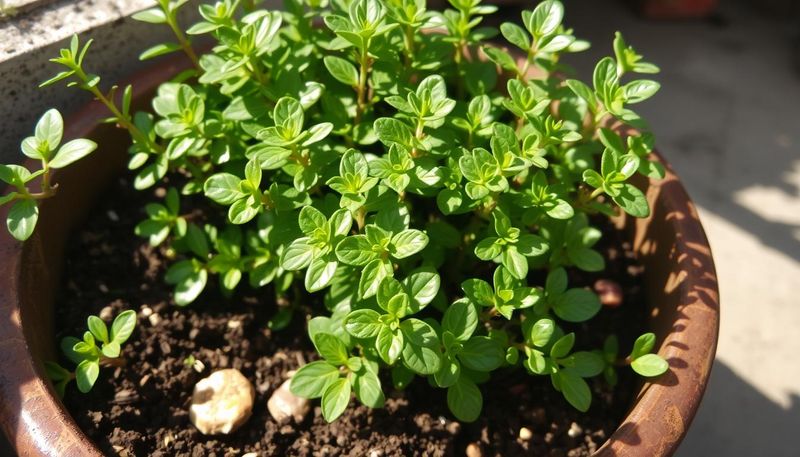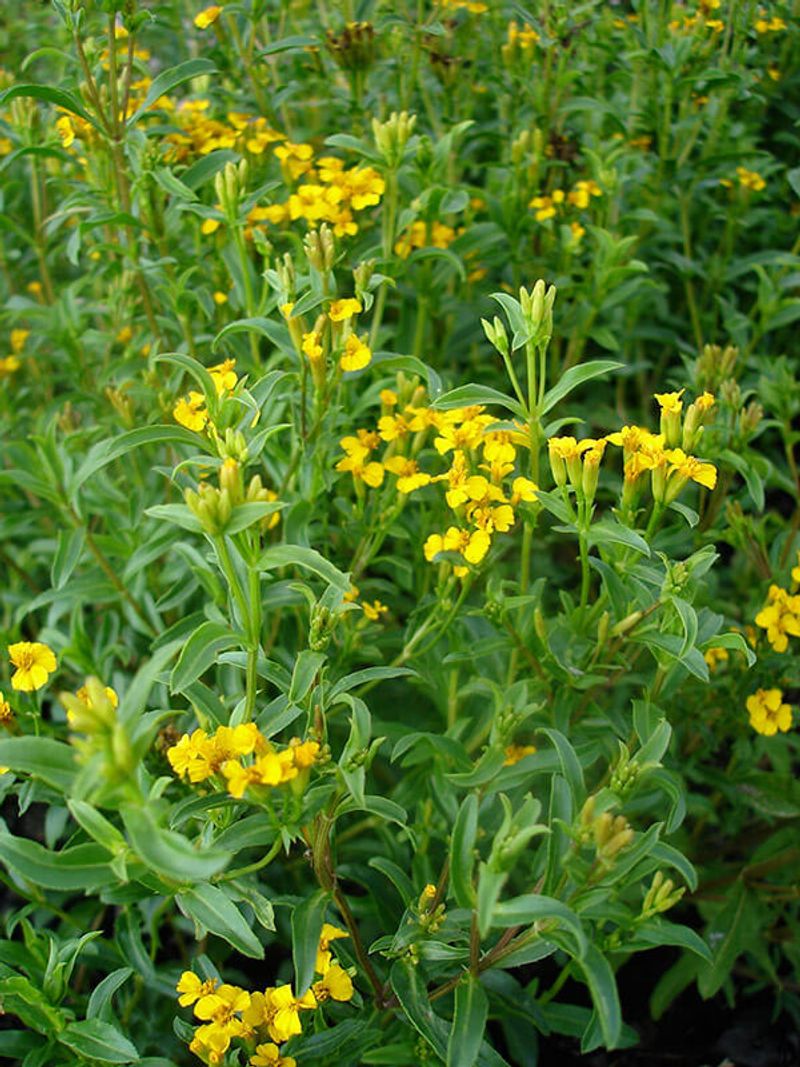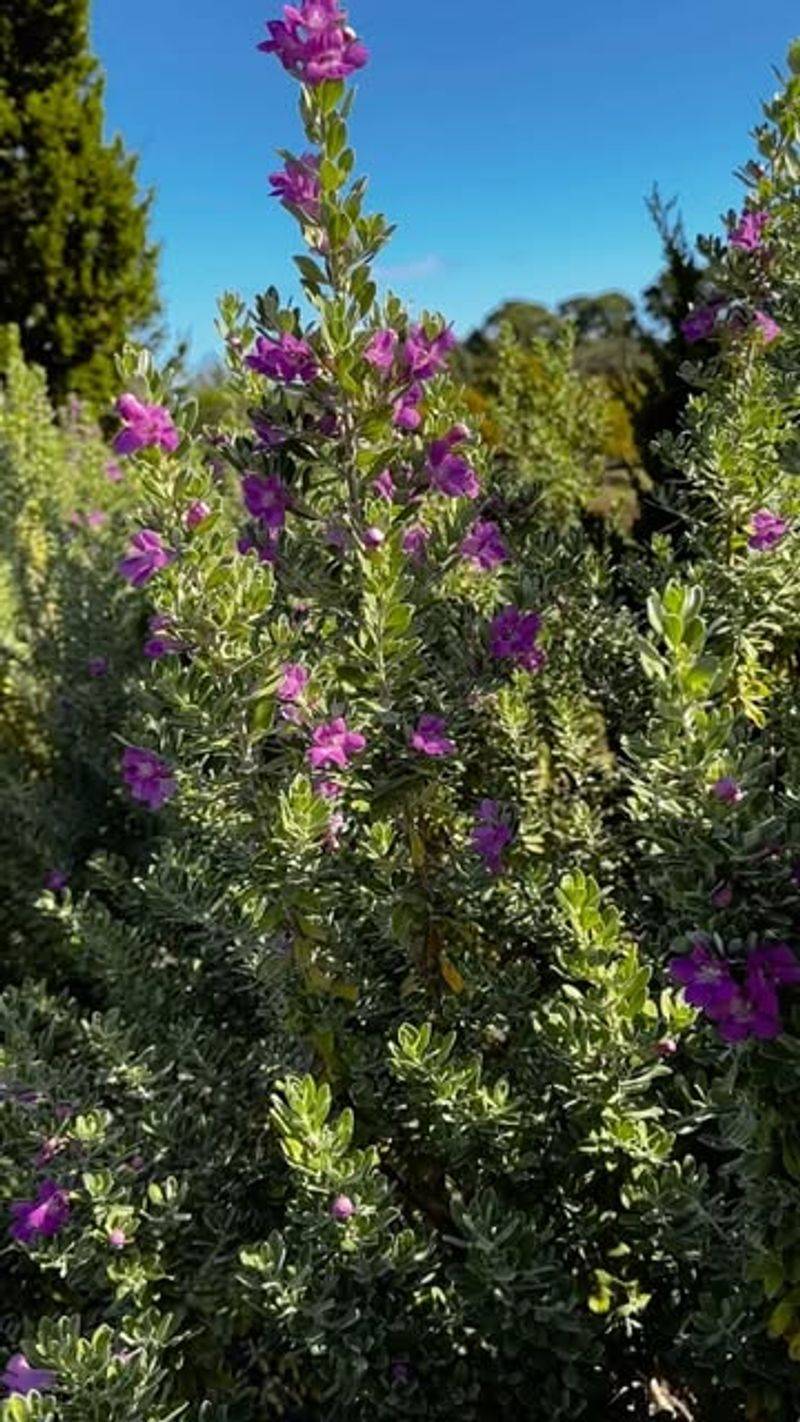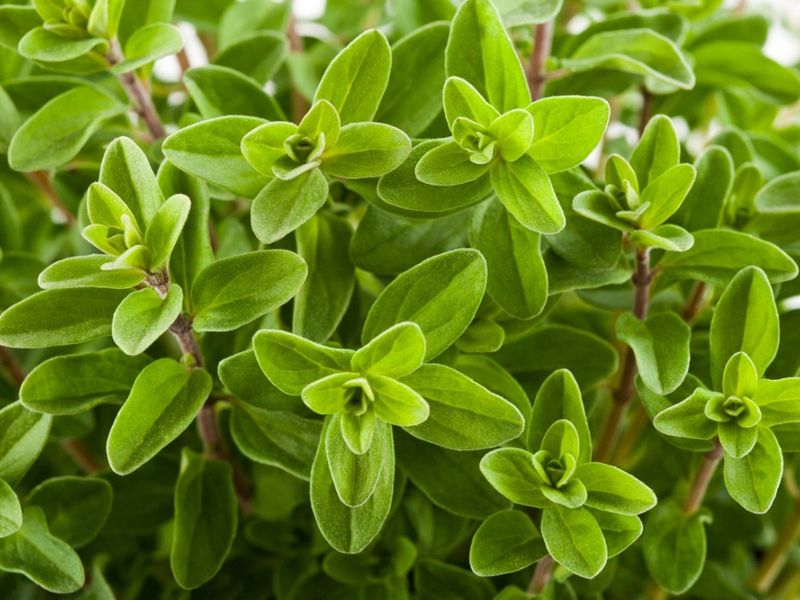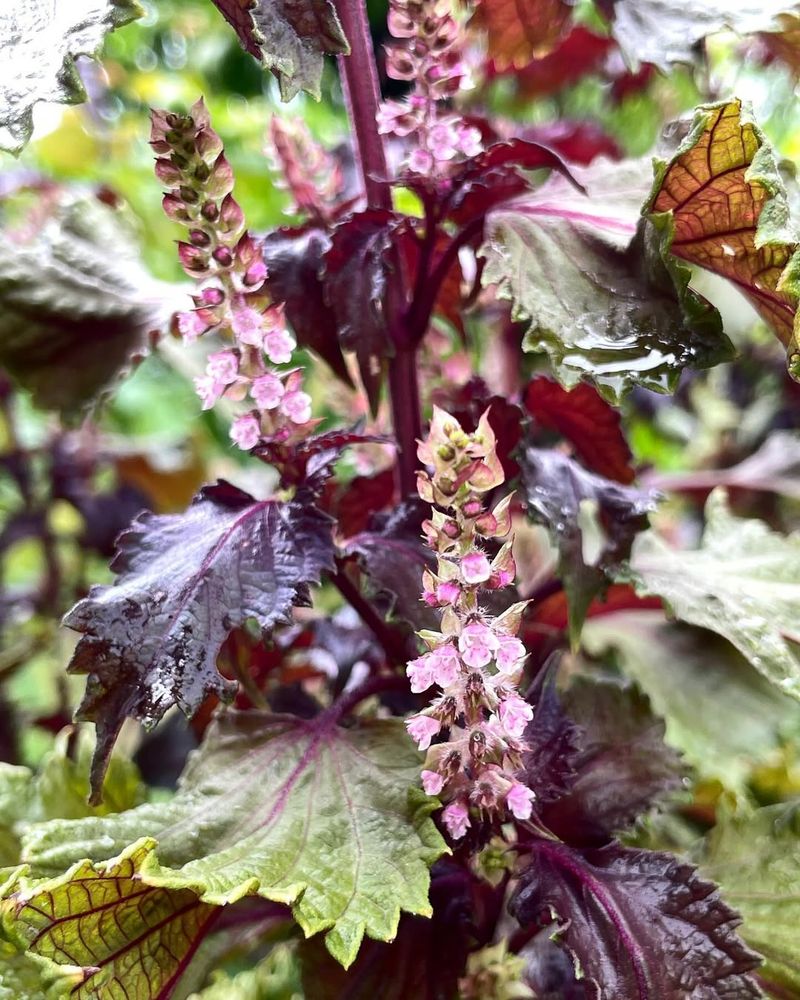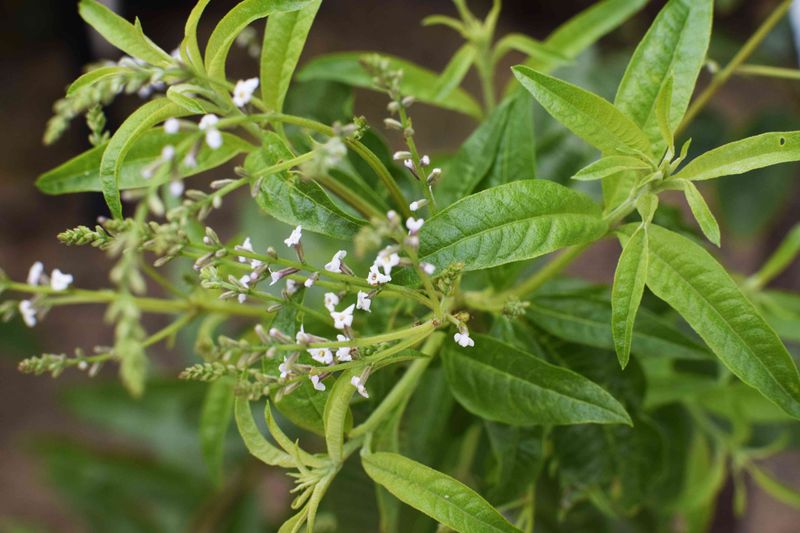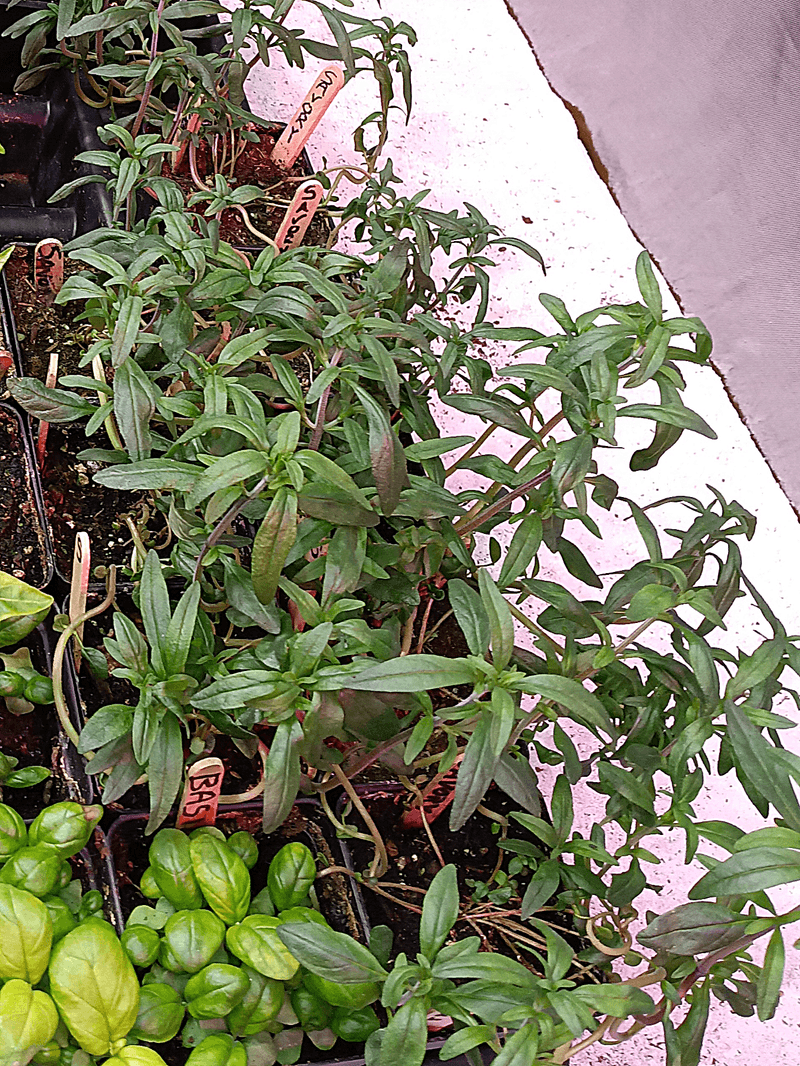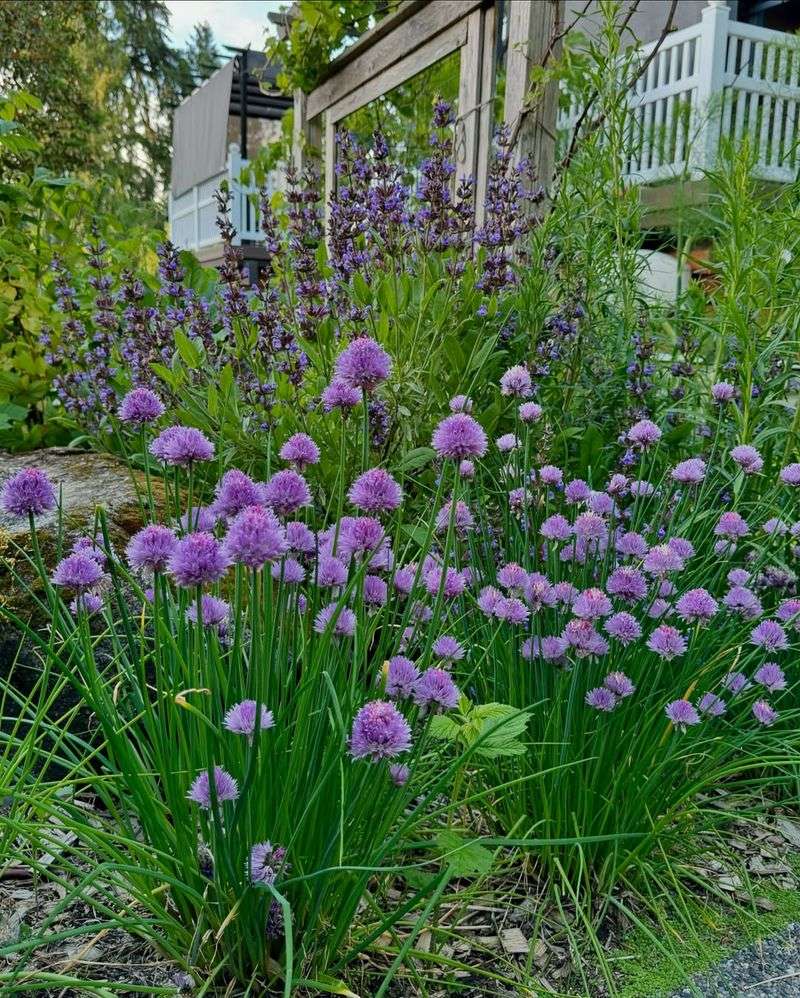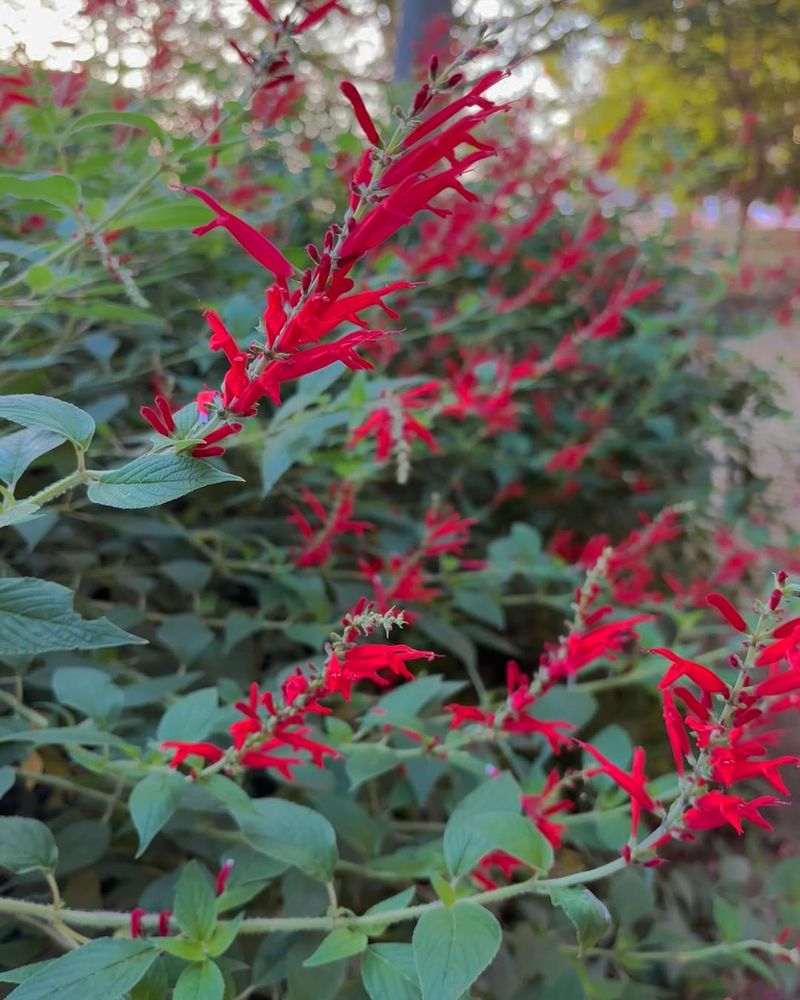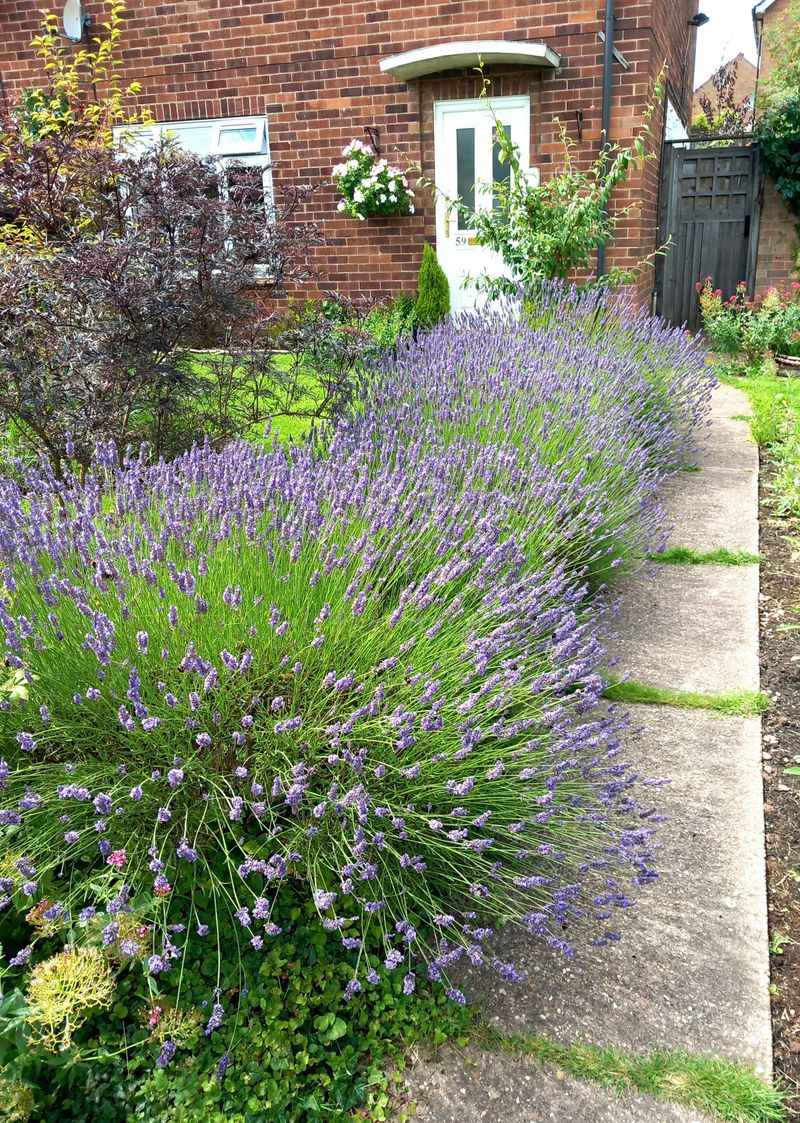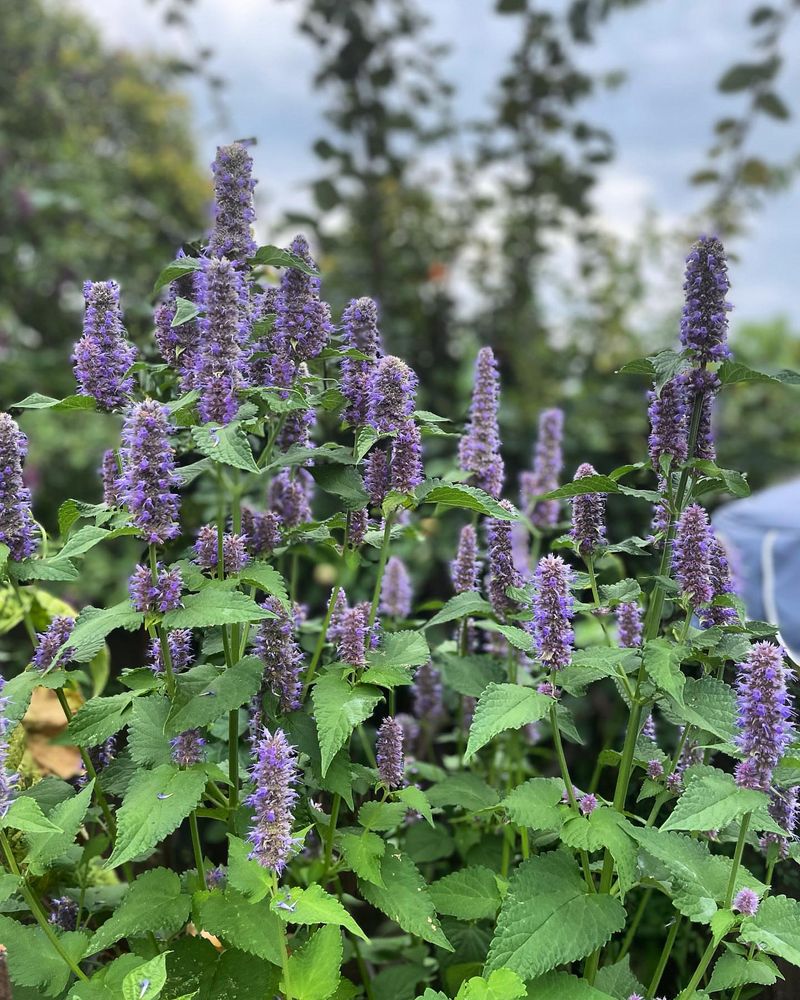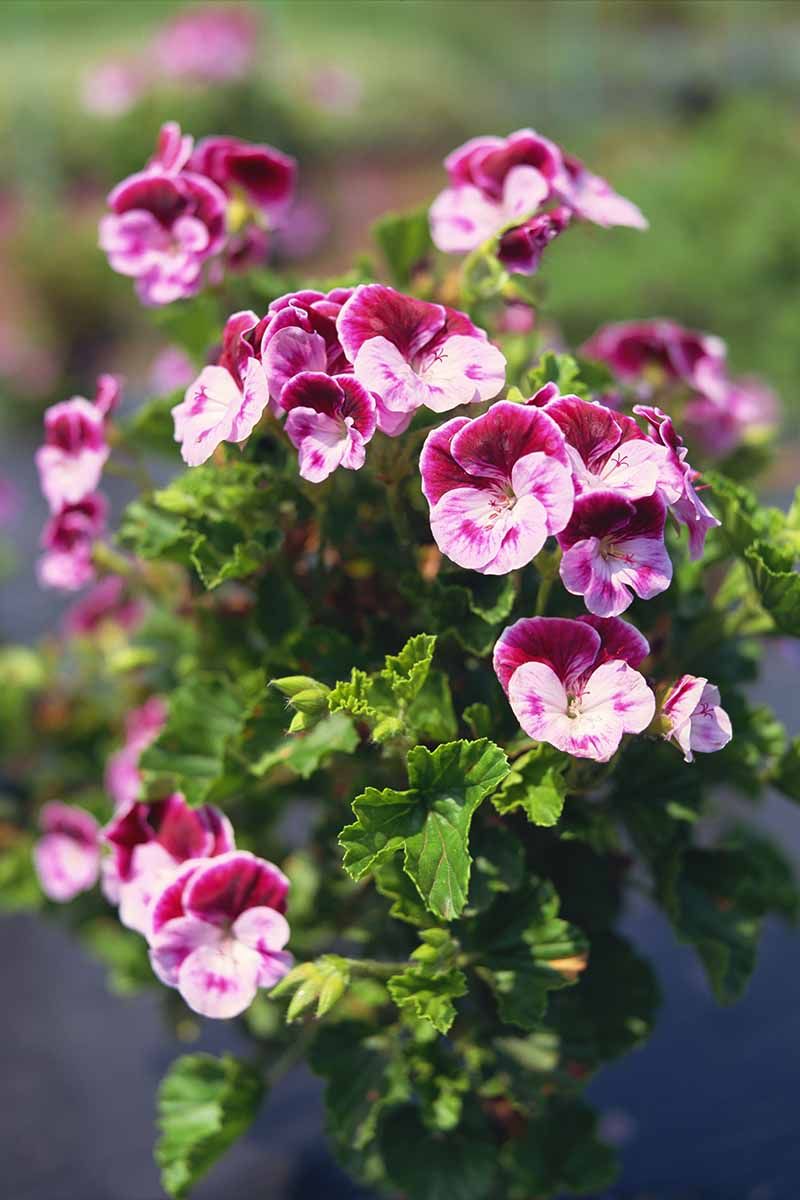Tired of growing the same old basil every summer? It might be time to mix things up and try some new herbs that bring just as much flavor — and sometimes less fuss — to your garden.
Adding variety can refresh both your cooking and your outdoor space. Exploring different herbs opens up a world of tastes and aromas you might not have expected. Plus, many of these alternatives thrive in the warm months and fit perfectly in garden beds or containers.
These 16 fresh herbs are easy to grow and ready to become your new go-to plants for summer cooking and gardening fun.
1. Mint
Growing this refreshing herb feels almost like cheating because it spreads so eagerly. My patch started as one tiny plant and now threatens to take over an entire corner of the garden. The cooling flavor makes summer drinks and desserts sing.
You can harvest it continuously without worrying about running out. Just plant it in a container unless you want it everywhere! During hot spells, it keeps producing even when other herbs struggle.
Last summer when temperatures hit 95 degrees, the mint kept thriving while my basil wilted dramatically. It’s surprisingly versatile in the kitchen too – try adding torn leaves to watermelon salad or homemade ice cream.
2. Lemon Thyme
Unlike regular thyme, this variety brings a bright citrus note that works wonders in summer cooking. The tiny leaves pack a surprising punch of flavor that stands up well to grilling and roasting, even in scorching heat.
Growing along the edge of my garden path, it releases its lemony scent whenever someone brushes past. During the hottest days, it actually seems happier than in cooler weather, producing more aromatic oils.
Try sprinkling it over grilled vegetables or chicken right before serving. The low-growing habit makes it perfect for containers or as a fragrant border plant that doesn’t mind being stepped on occasionally.
3. Cilantro Alternatives
Many gardeners struggle with cilantro bolting too quickly in summer heat. Vietnamese coriander offers a similar flavor profile but handles heat beautifully without flowering prematurely. The elongated leaves have a spicy kick that intensifies in hot weather.
Another option is culantro, which looks nothing like cilantro but delivers an even stronger version of that distinctive taste. With long, serrated leaves, it’s become my go-to for summer salsas and Asian dishes.
Both alternatives saved my taco nights last July when traditional cilantro had long since gone to seed. Plant them in partial shade with consistent moisture for best results throughout the hottest months.
4. Rosemary
Few herbs embrace summer’s heat and drought conditions as enthusiastically as this Mediterranean native. The woody stems and needle-like leaves contain aromatic oils that actually intensify in hot, dry conditions, making summer the perfect time for abundant harvests.
My oldest plant has survived three summers with minimal attention, growing from a small cutting into a substantial shrub. The upright varieties can create beautiful, informal hedges that provide structure in the garden while supplying endless kitchen herbs.
During grilling season, nothing beats tossing a few woody stems directly onto hot coals to infuse food with smoky, piney fragrance. Just remember that while it thrives in neglect, young plants do need regular watering their first summer.
5. Lemongrass
The tall, grassy stalks create a dramatic vertical element in summer gardens while providing essential flavor for Thai and Vietnamese cooking. Starting from a small nursery plant, mine quickly developed into a substantial clump that sways beautifully in summer breezes.
Heat and humidity don’t faze this tropical herb – in fact, the hotter it gets, the happier it seems. The lower stalks can be harvested throughout summer and used fresh or frozen for later use.
Beyond cooking, brewing the leaves makes a soothing iced tea perfect for hot afternoons. Just be sure to give it plenty of space and rich soil – I learned the hard way that it can easily outgrow a container in just one season.
6. Oregano
Summer’s intensity brings out the best in this Mediterranean herb, concentrating its essential oils into potent, aromatic leaves. The sprawling growth habit creates a beautiful ground cover that suppresses weeds while providing months of harvests.
After establishing a small patch three summers ago, it now returns reliably each spring without any special attention. The tiny flowers attract beneficial insects and pollinators, making it a functional addition to any garden ecosystem.
For the most flavorful leaves, harvest just before flowering when the oils are most concentrated. I’ve found the taste of home-grown oregano so much more vibrant than store-bought that I’ve cut back on quantities in recipes – a little goes much further.
7. Mexican Tarragon
When French tarragon struggles in summer heat, this look-alike steps in with similar anise flavor but superior heat tolerance. The bright green leaves keep producing all summer long, even during those stretches when temperatures refuse to drop below 90.
Yellow flowers appear late in the season, adding ornamental value while attracting butterflies to the garden. Unlike many herbs, it actually seems to appreciate the humidity that makes July and August so uncomfortable for humans.
Try using the fresh leaves in chicken salad or infusing vinegar for homemade dressings. After killing multiple plants of French tarragon during previous summers, switching to this Mexican variety has been a game-changer for my herb garden’s productivity.
8. Sage
The soft, velvety leaves of garden sage develop their most complex flavor during long summer days. With its silvery-green color, it adds a beautiful visual element to gardens while requiring minimal care once established.
My original plant has survived three summers in poor soil with inconsistent watering – a testament to its resilience. The drought tolerance makes it perfect for gardeners who occasionally forget to water or for areas with water restrictions.
Beyond the traditional turkey stuffing, try frying the leaves in butter until crisp and using them to top summer squash dishes. The purple and tricolor varieties offer the same hardiness with added ornamental appeal for garden beds where beauty is as important as function.
9. Marjoram
Often overlooked in favor of its cousin oregano, this delicate herb offers a sweeter, more floral flavor that shines in summer cooking. The small, rounded leaves have a gentle aroma that works beautifully with seasonal vegetables without overpowering them.
Growing in a terracotta pot near my kitchen door, it’s become the herb I reach for most frequently when cooking. During last summer’s heatwave, it kept producing tender new growth while other herbs went dormant.
Try adding fresh leaves to tomato salads or sprinkling over grilled fish just before serving. Though technically a perennial, I treat it as an annual and start fresh plants each spring – the young growth has the most delicate flavor.
10. Shiso (Perilla)
With distinctive purple or green ruffled leaves, this Japanese herb makes a striking addition to summer gardens. The unique flavor combines notes of mint, basil, and anise with a hint of cinnamon that transforms ordinary salads into something special.
Starting from seeds scattered directly in the garden, it grows quickly in summer heat and reseeds readily for future years. The purple variety adds unexpected color to garden beds while attracting admiring comments from visitors.
Beyond traditional Japanese dishes, try adding torn leaves to summer fruit salads or steeping in lemonade. Last summer I discovered it makes an incredible pesto alternative when basil succumbed to leaf spot during a particularly rainy week.
11. Lemon Verbena
The intense citrus fragrance of this woody herb fills the air whenever a breeze rustles through its leaves. Growing to impressive heights during summer months, it creates a fragrant backdrop for shorter herbs while providing abundant harvests.
My plant started as a small cutting three years ago and now stands over four feet tall, producing enough leaves for tea all year. The bright green foliage looks beautiful against darker plants and maintains good color even during drought.
Drying the leaves preserves their lemon scent perfectly for winter use in teas and desserts. After experimenting with various locations, I’ve found it performs best with morning sun and afternoon shade in my hot southern garden.
12. Summer Savory
Despite its name, this herb doesn’t get nearly the attention it deserves in summer gardens. The slender stems carry small, aromatic leaves that taste like a perfect blend of thyme and mint, with a peppery finish that stands up to summer’s boldest flavors.
Growing quickly from seed, it reaches harvestable size in just a few weeks. Even during last summer’s drought, it continued producing new growth with minimal irrigation, making it perfect for water-conscious gardens.
Try it with grilled vegetables, bean dishes, or anywhere you’d normally use thyme. The plants may look delicate, but they’ve survived some serious neglect in my garden while still providing consistent harvests throughout the hottest months.
13. Chives
The slender green shoots offer a mild onion flavor that keeps producing through summer’s heat when bulb onions have long since been harvested. Their upright growth habit takes minimal space while providing months of continuous harvests.
Purple pom-pom flowers appear early in the season, attracting beneficial insects and adding ornamental value. After flowering, simply cut the plants back completely and they’ll regrow fresh shoots within weeks.
Beyond the typical baked potato topping, try adding them to scrambled eggs or stirring into softened butter for an instant compound butter. My clump has returned reliably for five years, dividing occasionally to share with neighbors who admire their trouble-free nature.
14. Pineapple Sage
The tropical pineapple scent of this sage variety seems perfectly matched to summer gardening. Unlike common sage, the bright green leaves have a fruity aroma that intensifies in hot weather, releasing their fragrance whenever brushed against.
Reaching impressive heights by mid-summer, the plants eventually produce striking red flowers that attract hummingbirds and butterflies. Even during last August’s heatwave, mine continued flowering when most garden plants had given up.
Try adding the leaves to fruit salads or steeping in cold water for a refreshing drink. While technically a perennial in warmer zones, I’ve found taking cuttings in late summer ensures I’ll have plants ready for next year regardless of winter’s severity.
15. Lavender
The silvery foliage and purple flower spikes create a Mediterranean feeling in summer gardens while requiring minimal care once established. Heat and drought actually improve the concentration of aromatic oils, making summer the perfect harvest time.
After struggling with overwatering my first plants, I’ve learned that benign neglect produces the strongest fragrance and most abundant blooms. The English varieties perform surprisingly well even in humid climates if planted in well-draining soil.
Beyond sachets and potpourri, try using the flowers in shortbread cookies or infusing simple syrup for summer cocktails. My lavender hedge not only provides endless harvests but also attracts so many bees and butterflies that it’s become the most vibrant part of the garden.
16. Anise Hyssop
The licorice-mint flavor of these serrated leaves offers a refreshing alternative to basil in summer dishes. Tall purple flower spikes appear by mid-summer, attracting so many pollinators that my patch becomes a humming hub of activity from July through September.
Despite its delicate appearance, it handles heat and humidity with remarkable resilience. Even during last summer’s three-week drought, the plants continued flowering with minimal supplemental water.
Try steeping the leaves for a soothing tea or adding flowers to summer salads for a pop of color and flavor. After discovering how easily it reseeds, I now allow a few plants to scatter seeds each fall, ensuring new volunteers appear in spring without any effort on my part.
17. Scented Geraniums
The fuzzy leaves of these tender perennials come in astonishing scent variations – from rose and lemon to chocolate and coconut. Unlike flowering geraniums, these are grown specifically for their aromatic foliage that releases fragrance with the slightest touch.
Moving my collection to the patio steps has created a sensory experience every time someone walks by. During summer’s heat, the essential oils become more concentrated, making this the perfect season to harvest leaves for culinary uses.
Try floating rose-scented leaves in lemonade or using lemon-scented varieties to line cake pans before baking. When September brings cooler temperatures, I take cuttings to overwinter indoors, enjoying their fragrance year-round while ensuring plants for next summer’s garden.

